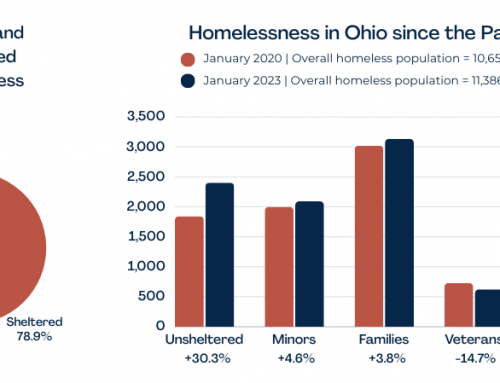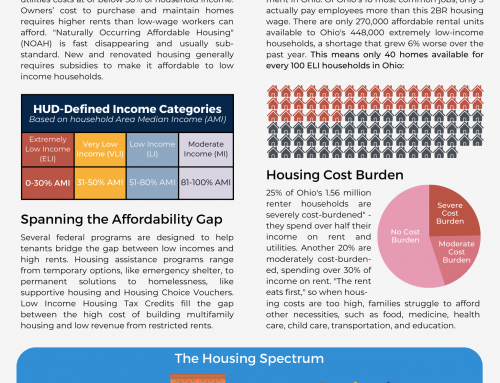Coalition Outlines State and Federal Solutions
Ohio has a severe shortage of homes that are affordable to poor Ohioans, according to a report issued Thursday, as advocates outline actionable steps for state and federal leaders to expand access to affordable homes.
The National Low Income Housing Coalition’s latest Gap Report found only 43 rental units are affordable and available for every 100 extremely low-income tenant households in Ohio. The report also shows that 67 percent of the state’s 437,765 poorest households are spending over half their income on rent.
Bill Faith, executive director of the Coalition on Homelessness and Housing in Ohio (COHHIO), said state and federal leaders have options to make housing more attainable and affordable for Ohio’s most vulnerable families.
“Gov. DeWine has wisely made children a priority for his administration. Homelessness among families with children has been increasing in recent years, but fortunately there are achievable, cost-effective remedies,” he said. “People need a safe, decent affordable place to live in order to recover from addiction, raise a healthy baby, hold down a job, and do well in school. We’ll never build a healthier, wealthier, better educated Ohio unless we first stabilize our foundation – housing.”
A recent state report found children are among the fastest growing segments of Ohio’s homeless population and account for nearly 30 percent of all the individuals accessing homeless services. This includes nearly 3,000 babies under age 1, an increase of 53 percent over 2012.
COHHIO has developed a plan for Ohio to tackle the increase in children’s homelessness and expand access to affordable housing for struggling families. The plan requires both administrative and legislative action.
Working with the Home Matters to Ohio coalition, COHHIO is calling on the state legislature to expand the Ohio Housing Trust Fund by at least $20 million a year. The Trust Fund is the primary source of state funding for homeless services and affordable housing development, and home repair and accessibility upgrades that help keep low-income seniors and Ohioans with disabilities in their own homes.
COHHIO has also asked the DeWine administration to allocate $25 million in federal Temporary Assistance to Needy Families (TANF) funding over two years for local rapid rehousing and homeless prevention programs that quickly move families in crisis into permanent housing.
At the federal level, COHHIO has also been working with NLIHC and other partners to urge Congress to reject President Trump’s latest budget proposal, which would cut funding for the Department of Housing and Urban Development by 18 percent.
“With this budget request, President Trump and Secretary Carson are making clear in no uncertain terms their willingness to increase evictions and homelessness – for the vulnerable seniors, people with disabilities and families with kids who will be unable to manage having to spend more of their very limited incomes to cover rent hikes,” said Diane Yentel, NLIHC president and CEO.
Instead of cutting HUD’s housing and homeless programs, Faith said Ohio’s Congressional delegation should join with members to significantly expand federal investment in homeless programs and affordable housing.
“The lack of safe, decent, affordable housing is a huge stumbling block for Ohio’s ability to promote healthy families and thriving communities,” he said. “Congress took the first step toward closing the gap between low incomes and rising rents when they passed last year’s budget. Now we have an opportunity to build on that progress.”








